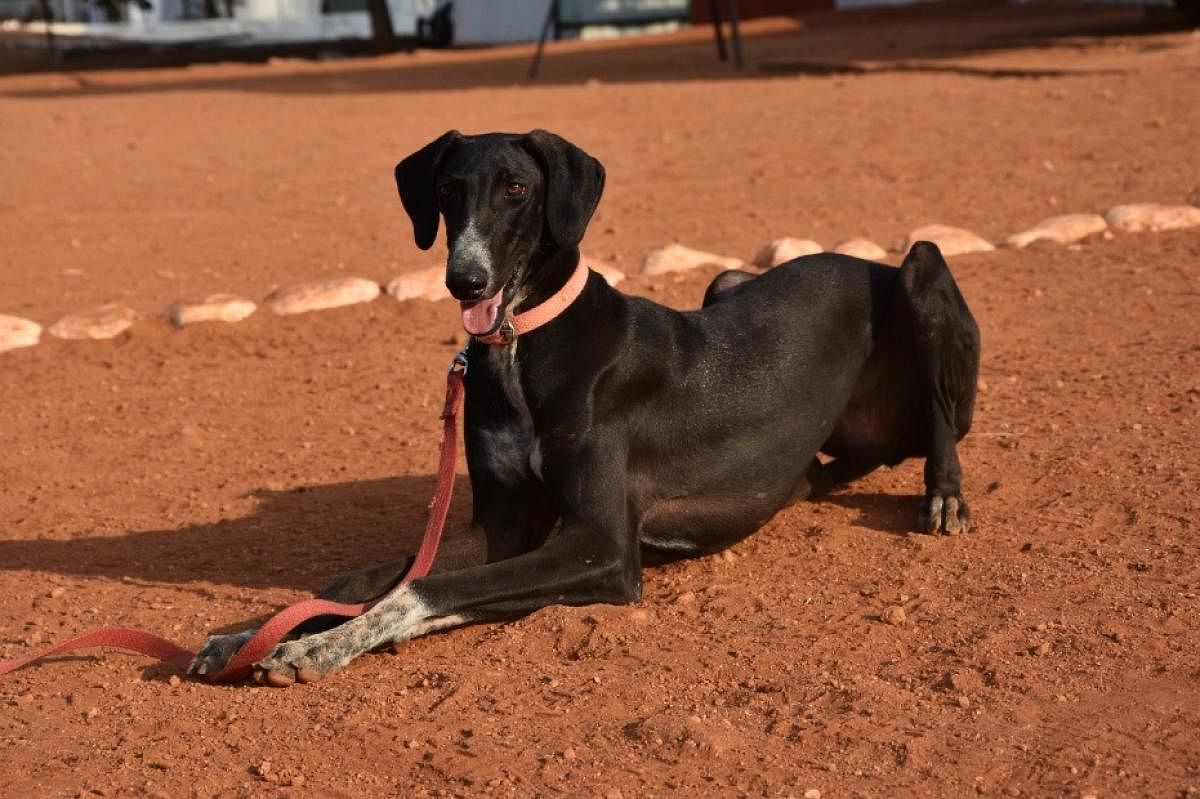
Dog breeding and marketing are regulated under the Prevention of Cruelty to Animals Act (2017). “The rules are well thought-out, but there is a huge gap in enforcement. Finding an ethical breeder can be tough,” says Nidhi Srivastava, canine behaviourist and trainer based in Delhi.
In India, the northern states prefer Himalayan breeds while the south is known for its sighthounds.
In his most recent Mann ki Baat radio talk, Modi called upon the people to support Indian breeds. India has a rich history of indigenous dogs, many of which received royal patronage in pre-Independence days.
About 15 years ago, foreign breeds took over the market, and an expensive dog became a status symbol, dog lovers say.
“People who buy dogs in this manner generally never take care of them,” says Amrut Dogguru, canine psychologist and trainer.
Many dog owners fail to take into account that the origin of a breed plays a large role in a dog’s behaviour.
“For example, the husky is a sledging dog that requires cold climates. Bringing them to the tropics means they are more susceptible to disease and have a bad temperament,” he says.
Indian breeds are more responsive to training. “Everything from their food to the maintenance of their coat is easier since they have evolved in these surroundings,” he says.
Popular breeds
Most Indian breeds are sighthounds and require open fields to run around in. They need four hours of active exercise a day.
Amrut recommends that popular breeds such as Mudhol, Chippiparai and Kanni be bought only by experienced dog owners.
“The Lhasa Apso is a breed from the Indian subcontinent and is probably the best suited for first time owners and those with smaller spaces,” says Nidhi.
Pricing
Since the demand for these dogs is low, they are priced much lower than foreign breeds. “There are few regulated breeders, so a true price comparison would be difficult,” says Amrut.
What unethical breeders do
The regulation of breeding in the country is not where it should be, says Nidhi Srivatsava, canine behaviourist. . “Although there is a good legal framework, enforcement is weak,” she explains. Some of the guidelines include that continuous breeding should not be done, puppies under two months shouldn’t be sold and the female being impregnated is above the age of 18 months. Unethical breeders tend to bypass these rules in order to make profit. “This is most prevalent with foreign and more exotic breeds as they bring in the big bucks, but I’m afraid that if demand increases for Indian breeds the same might happen to them,” she says.
Indian breeds in police force
Indian breeds are being trained to be part of the police force, says Amrut Dogguru, advisor to the police on canine matters. “The Karnataka state police has adopted two indie strays and they are under training to become narcotics detection dogs,” he says. The CRPF has two Combai puppies and a Pandikona puppy under training now. The RPF too has shown interest in indigenous breeds.
“The senior security division officer himself has six Himalayan mastiffs he is training at his home in Chennai. Once trained they will be dispatched with squads in Jammu and Kashmir,” he says. Amrut adds that seeing these dogs in the police force will encourage people to get them. “In a way their inclusion is a testament to their ability. More and more people will understand that it’s the dog that matters more than the breed,” he concludes.
What are indies?
It is a common misconception that indies are mongrels (unintentionally mixed breeds) or strays (dogs without owners). “Indies or INDogs are pure breeds,” explains Nidhi Srivastava, canine behaviourist. These dogs have existed in India for ages. They have evolved but they are the ones depicted in cave paintings, she says. They are low maintenance and they have fewer health problems. Amrut Dogguru, dog psychologist, adds that they make great guard dogs and are easy to handle for a first-time dog owner.
Popular Indian breeds
Mudhol hounds
Himalayan Mastiff
Rajapalayam
Combai
Chippiparai
INDogs
Bully Kutta
So what’s available?
Breeders in Bengaluru are not big on Indian breeds. Suerendra, a breeder from Vijayanagar, says he only has Mudhols. “The demand is low, but we have seen a spike in calls after the prime minister’s radio speech,” he says. Satish Cadaboms, president of the Indian Dog Breeder Association, says, “Mudhols are not good dogs for the city; they’re better suited for hunting and large farmhouses,” he says. This means that there is a demand for hounds in areas like Mudhol and Bagalkot, but city pet lovers prefer golden retrievers, labradors and shih tzus, he adds.